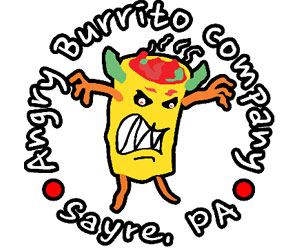The New York State Office for the Aging (NYSOFA) is urging older New Yorkers and their family members to take precautions in extreme heat, as high temperatures and humidity, coupled with COVID-19, can create hazardous conditions for older adults. Exposure to extreme heat can cause a variety of health problems, including heat stroke and death.
“Extreme heat and humidity can be serious, and can be particularly dangerous for older adults, who are also at highest risk for COVID-19,” said NYSOFA Acting Director Greg Olsen. “Older adults, especially those who are low-income, live alone, have chronic conditions or who take certain medications, are more susceptible to heat-related illness. In these summer months, particularly during a heat wave in this pandemic, neighbors and family members should check in with older individuals daily to make sure they are healthy and safe.”
According to the federal Centers for Disease Control and Prevention (CDC), heat causes more than 600 preventable deaths in the United States yearly. And COVID-19 presents particular challenges this summer since many places where people generally go to cool off, including cooling centers, libraries, and malls may be closed. Finding ways to stay cool and safe, both at home and outside, are more important than ever in this environment.
Staying cool during extreme heat and COVID-19
- Know the signs of heat-related illnesses.
- Headaches, dizziness, nausea, confusion, cramps, high body temperature, or a fast pulse. If you are experiencing any of these symptoms, seek medical help immediately and move to a cooler place. Learn more.
- Stay hydrated.
- Keep drinking water, even if you don’t feel thirsty. Drink two to four glasses of cool fluids every hour.
- Avoid alcoholic drinks and too much caffeine and sugar.
- Take water with you wherever you go outside, since public water fountains are currently turned off due to the COVID-19 pandemic.
- Protect yourself from the sun.
- Use sunscreen that is SPF 15 or higher and look for those that say “broad spectrum” or “UVA/UVB protection” on their labels.
- Wear loose-fitting and light-colored clothing to keep cool. You can also wear a hat and sunglasses.
- Plan ahead. It’s important to plan ahead if you are going to stores or supermarkets. Capacity limitations in stores might mean that you have to wait outside in the sun. Try to plan shopping trips early in the morning to avoid the hottest part of the day.
- Make sure to wear your mask or face covering.
- Switch to a cotton bandana if your face mask is too heavy or thick to wear in the heat.
- If you are feeling overheated while wearing your mask, take it off for a moment and breathe making sure that you are six feet apart from others. Be sure to put it back on when you are ready to continue.
- Stay cool indoors.
- Close windows and blinds during the day.
- Take cool showers.
- Use air conditioning or fans whenever possible.
- Income eligible households may receive a cooling assistance benefit through the Home Energy Assistance Program (HEAP).
- Limit outdoor activities to mornings and evenings when it is cooler. Be sure to decrease your overall level of physical exertion.
- Check on neighbors, especially older adults, those who live alone, those with medical conditions, those who may need additional assistance, and those who may not have air conditioning. You can call, text, video call, or meet by staying 6 feet apart.
- Call 911 in an emergency.
- If you or someone is showing signs of heat stroke call 911 immediately. Signs of heat stroke include:
- A body temperature over 103 degrees; hot, red, dry, or moist skin; a rapid and strong pulse; and possible unconsciousness.
- While waiting for help to arrive, move the person into a cool area, help cool them down with wet towels or a cool bath, and DO NOT give them fluids. It is safe to call 911 and go to the hospital during this COVID-19 time.
- If you or someone is showing signs of heat stroke call 911 immediately. Signs of heat stroke include:

















